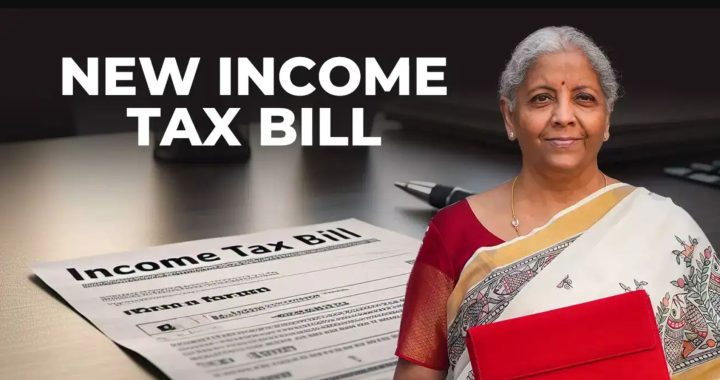Worried about filing income tax return?
Every tax payable person exceeding their income over exempted income has to pay tax liability by filling income tax returns. Return of income is the format in which the assesse furnishes information as to his total income and tax liability. The format of filling of returns is notified by the CBDT. Every assesse don’t not have knowledge about the filling of returns, so a new scheme is enabled for assesses for submission of return through tax return preparers.
Most of assesses prefer preparing return of income on their own, they will be confused in many cases about tax liability calculation or providing deductions or about advance tax etc. Income tax returns can be rejected if there is any default in return. But assesse can submit revised return u/s 139(1) at any time before expiry of one year from the end of the relevant assessment year.
Deductions
Many of assesses will be confused about providing deductions which is very difficult to understand as there are many types of deductions. For example according to section 80CCE deduction is restricted to 1.5 lakhs of three sections which are 80C, 80CCC & 80CCD. But assesses would take total amount of deduction which is eligible in Section 80C, 80CCC & 80CCD. One more case about income from house property, interest on loan taken for construction of house can be taken as deduction u/s 24 but it is restricted to 30,000, if the loan is taken before 1st April 1999 and 150000 if the loan is taken on or after 1st April 1999. Assesses will be confused whether to take 30000 as deduction or 150000 as deductions.
Income arising from shares
Share is a financial asset according to income tax rules. There are two types of shares which are, shares from recognized stock exchange and shares from unrecognized stock exchange. If the shares from recognized stock exchange are sold, there is no need to pay tax on sale of share because securities transition (STT) is paid in recognized stock exchange & this capital income will be exempted. Some assesses will include this income in their total income and pay tax on this type of exempted income.
Basic Exemption limit and Slab rates
Most of assesses are confused with slab rates format to compute tax liability. Some assesses assume that taxable income up to 500000 @20% means total 500000 will be taxable @20%. But tax liability should be calculated as per slab rates given by income tax rules. Basic exemption limit of income are also amended. Below is the clarification of slab rates and exempted income.
- For Individual (age <60)
| Income slabs | Rate |
| Up to 250000 | 0 |
| 250000 – 500000 | 10% |
| 500000 – 1000000 | 20% |
| Above 1000000 | 30% |
- For senior citizen (age >60 – <80)
| Income slabs | Rate |
| Up to 300000 | 0 |
| 300000 – 500000 | 10% |
| 500000 – 1000000 | 20% |
| Above 1000000 | 30% |
- Super senior citizen (age >80)
| Income slabs | Rate |
| Up to 500000 | 0 |
| 500000 – 1000000 | 10% |
| Above 1000000 | 20% |


 ITAT Amritsar: No Section 269SS Violation for One-Time Cash Payment Before Sub-Registrar
ITAT Amritsar: No Section 269SS Violation for One-Time Cash Payment Before Sub-Registrar  Tax Officials Unleash Digital Dragnet: How New Raid Powers Redefine Privacy, Property Rights in India and likely to Fuel Corruption
Tax Officials Unleash Digital Dragnet: How New Raid Powers Redefine Privacy, Property Rights in India and likely to Fuel Corruption  Income Tax Department Rewards for Reporting Tax Evasion: A Comprehensive Guide
Income Tax Department Rewards for Reporting Tax Evasion: A Comprehensive Guide  Forfeiture of Gratuity by Employer- What are the Remedies for an employee- Can employer be challenged?
Forfeiture of Gratuity by Employer- What are the Remedies for an employee- Can employer be challenged?  Employer can forfeit gratuity of an employee in case of moral turpitude
Employer can forfeit gratuity of an employee in case of moral turpitude  Diving Deeper: The Impact of the New Tax Bill on Dairy and Farming Income
Diving Deeper: The Impact of the New Tax Bill on Dairy and Farming Income